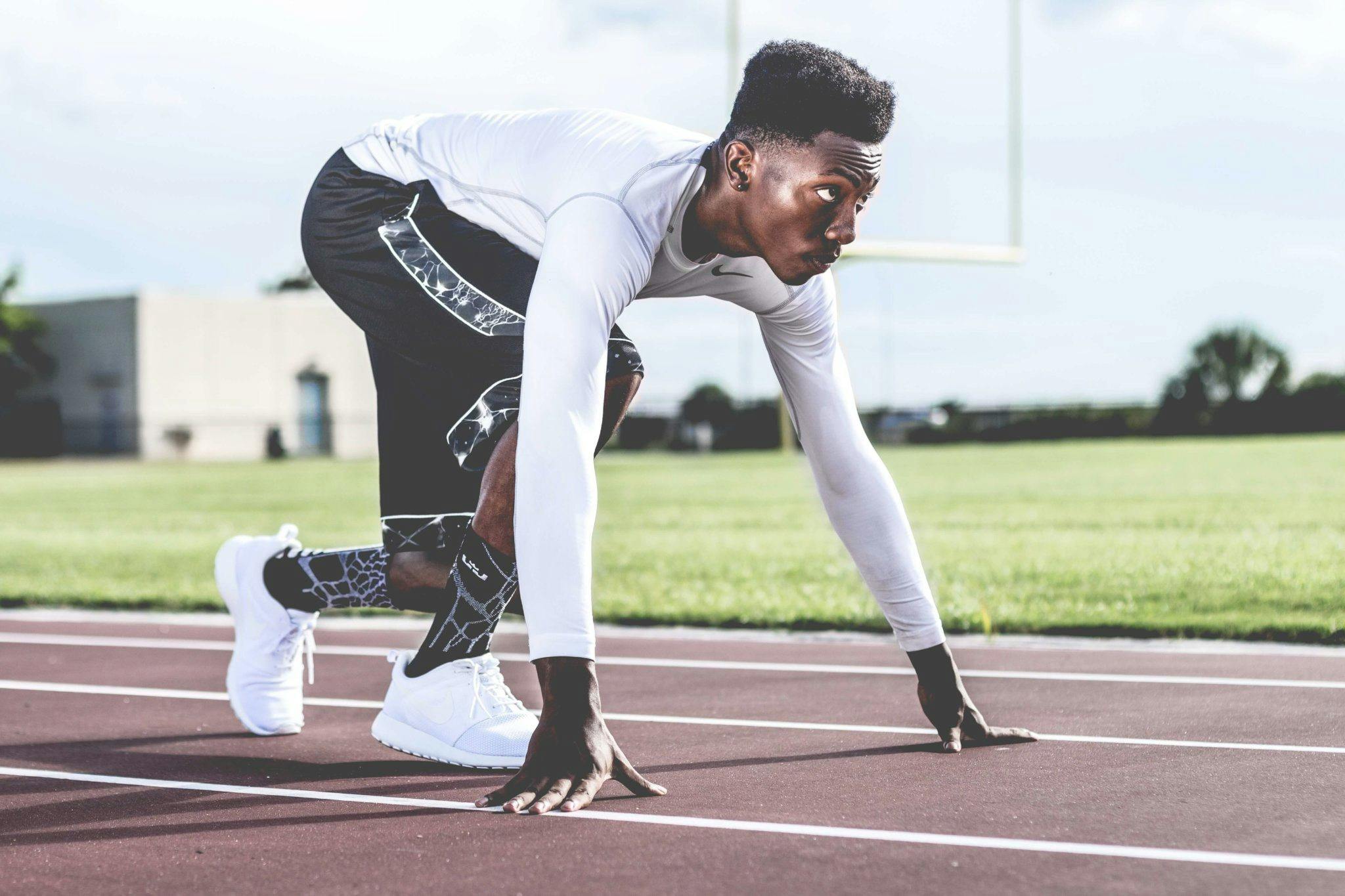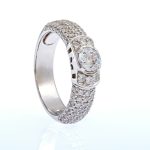In the realm of endurance sports, there’s nothing quite like the Marathon des Sables (MDS), a grueling ultra-marathon held in the Sahara Desert. The heat, length of the race, and harsh conditions give this event its reputation as the “toughest foot race on earth”. As you prepare for this extreme athletic event, it’s crucial to understand and employ effective cooling strategies. This article will look deeply into the cooling methods and techniques that can help you survive and thrive in the MDS.
Understanding the Role of Body Heat During Exercise
When you engage in strenuous exercise, especially for prolonged periods, your body generates an incredible amount of heat. According to Google Scholar, it is estimated that only about 25% of the energy you burn while exercising is used for movement, while the rest is converted into heat. If this heat is not properly managed, it can lead to a condition called hyperthermia, where your body temperature becomes dangerously high.
Cela peut vous intéresser : How Can Virtual Reality Simulations Improve Tactical Decision-Making in Quarterbacks?
For athletes competing in the MDS, the risk of hyperthermia is heightened due to the extreme desert temperatures. Therefore, understanding how to effectively manage and dissipate this heat is a critical part of their training and race-day strategies.
PubMed research indicates that the body uses several mechanisms to regulate its temperature during exercise, including sweating and increased blood flow to the skin. However, in hot conditions, these mechanisms may not be sufficient to prevent overheating, making external cooling strategies essential.
A découvrir également : How to Structure a Sport Psychology Program for High School Track Athletes?
The Role of Acclimation in Preparing for High Heat Conditions
One of the key ways to prepare the body for the extreme heat of the MDS is through heat acclimation. This is a process whereby the body undergoes adaptations to become more efficient at dealing with heat. Heat acclimation training typically involves exposing the body to high temperatures for extended periods, gradually increasing both the temperature and duration over time.
A study cited on Crossref suggests that heat acclimation training can lead to several physiological changes, including improved sweating and heart rate response to exercise heat stress, enhanced skin blood flow, and increased plasma volume. These changes can help your body cool down more efficiently, thus reducing the risk of hyperthermia.
It should be noted that heat acclimation training should be done gradually and under proper supervision to avoid heat-related illnesses. The training must also be done close to the race day, as the benefits of heat acclimation can be lost within a few weeks if not maintained.
Cooling Strategies During the Race
During the MDS, athletes need to implement effective cooling strategies to manage their body temperature. One such method is the ingestion of cold fluids. According to a study published in the Google Scholar database, drinking cold fluids during exercise can reduce core body temperature and improve performance in hot conditions.
Another in-race cooling strategy is the use of cooling vests or other cooling garments. These devices work by drawing heat away from the body, thus helping to lower body temperature. Some research on PubMed suggests that pre-cooling with such garments before exercise can enhance performance in hot conditions by reducing the initial thermal strain.
Lastly, taking advantage of natural shade or creating your own shade using lightweight, reflective coverings can also help manage body heat during the race.
Post-race Recovery and Cooling Down
Once you cross the finish line of the MDS, the work isn’t over. It’s essential to properly cool down and recover after the race to prevent post-exercise complications. This may involve immersing yourself in cold water, which can quickly lower the body temperature and aid in muscle recovery. Crossref and other research databases contain numerous studies that support the benefits of cold water immersion for post-exercise recovery.
In addition, it’s vital to replace the fluids and electrolytes lost through sweat during the race. Drinking a balanced electrolyte solution can help replenish these essential nutrients and aid in the body’s cooling process.
The Impact of Individual Differences and the Need for Personalized Strategies
While the general cooling strategies mentioned above can benefit most athletes, it’s important to remember that individual differences can significantly impact how one responds to heat stress. Factors such as age, fitness level, and race can influence your body’s ability to manage heat, requiring personalized cooling strategies.
For instance, older athletes may have a reduced ability to sweat and thereby require more aggressive cooling methods. Similarly, highly trained athletes may generate more heat during exercise, necessitating increased fluid intake and cooling strategies.
Personalizing your cooling strategy requires understanding your body’s unique responses to heat and exercise and adapting the general cooling strategies discussed above to meet your specific needs. Consulting with a sport scientist or experienced coach can help you develop a personalized and effective cooling strategy for the MDS.
Cooling Strategies: Pre-race and During Training
Preparing for a race as challenging as the MDS requires a comprehensive training regimen that includes effective cooling strategies. The body needs to be well-acclimatised to the extreme heat of the Sahara Desert to avoid heat-related illnesses like hyperthermia. To achieve this, heat acclimation training is crucial. As mentioned earlier, this involves gradually exposing the body to high temperatures to enhance its ability to handle heat stress effectively.
However, this is a process that needs to be planned and executed meticulously, with medical supervision to prevent any adverse effects. To aid in this acclimation, athletes can also use cooling garments, which draw heat away from the body and help in maintaining a stable core temperature.
Another cooling strategy during this preparation phase can be the ingestion of ice slurry. Multiple studies, as recorded in Google Scholar, have shown that ingesting ice slurry can lower the athlete’s core temperature, thereby increasing their endurance during prolonged exercise.
Athletes can also use cold-water immersion during their training phase. This method, as many PubMed Crossref studies suggest, can effectively reduce the body’s core temperature and expedite recovery after intense training sessions.
Remember, the physiological adaptations achieved through heat acclimation can fade within a few weeks if not maintained, hence the need to continue these strategies close to the race day.
Personalizing Cooling Strategies: The Key to Success
Given the individual differences in age, fitness level, race, and how the body responds to heat stress, it stands to reason that cooling strategies should be personalized to be truly effective. For instance, older athletes may have a reduced ability to sweat, necessitating more aggressive cooling methods.
Similarly, athletes who are in peak physical condition may generate more heat during exercise, thus requiring additional measures to manage their body temperatures. It becomes crucial to monitor and understand your body’s responses to heat stress and adapt your cooling strategies accordingly.
Consulting with a sports scientist or an experienced coach can prove beneficial in this regard. They can help identify the appropriate measures based on an athlete’s unique needs and ensure that the strategies are safe and effective.
In conclusion, competing in the MDS is no small feat, and cooling strategies play a pivotal role in achieving success in this gruelling race. From understanding the role of body heat during exercise to implementing effective cooling measures during training and the race, managing body heat is a constant and crucial aspect of this journey. With the right approach to heat acclimation, in-race cooling strategies, post-race recovery, and personalizing cooling methods, you can create an effective plan that best suits your needs. This approach can not only help you survive the MDS but thrive in this ultimate test of endurance.






